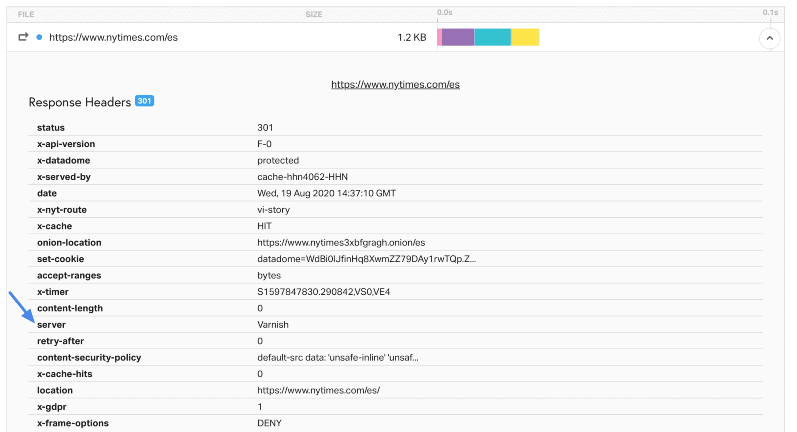WHAT YOU NEED TO KNOW
What is Apache and how does it work?
This web server is one of the most widely used in the world, currently 43% of websites run on it.
This web server developed by Apache Software Foundation has been in operation since 1995.
It has become very popular among programmers due to its modularity and constant updating by the community.
Apache servers can be found in most hosting worldwide, running smoothly with panels such as WePanel, Plesk, VestaCP, etc.
One of the main features of Apache is the use of the .htaccess file, widely used among all web users.
DISCOVER ALL
How an Apache server works
Apache ensures that the communication between the web server and the web client (user requesting information) is fluid and constant.
When a user makes an HTTP request through the browser to enter a website or specific URL, Apache returns the requested information through the HTTP protocol.
These Apache modules should be used with caution as they can affect the security and functionality of the web server.
Advantages of Apache
- It has a large community of developers around the world, who contribute to improve the software, since the original source code is freely available for viewing and collaboration.
- Compatible with websites using WordPress and most of the most popular CMS on the market.
- Structure made up of modules.
- It is multiplatform. It can be used on Windows and Linux servers which expands its possibilities of use.
- It is open source and free.
- High level of security due to its constant updates.
- You can use .htaccess which allows you to work more easily with the main CMS.
Disadvantages of Apache
- Performance can be affected in pages with high traffic, especially after 10k connections.
- Failure to make good use of modules can lead to security breaches.
Apache vs NGINX
Thanks to its efficiency in handling requests we can see a better performance when managing websites with a high level of traffic, solving the problem of the 10k that Apache presents when managing many simultaneous requests.
Therefore, websites such as El País, Netflix or Wikipedia use this system instead of Apache.
In Webempresa we use Apache as web server and NGINX as reverse proxy + Varnish (Magic Caché if your plan has it included) which, added to the rest of the custom configurations of our servers, allow you to get an excellent loading speed for your website.
FIND OUT IF YOU USE IT
How to know if I use Apache
The simplest method would be analyzing a web through Pingdom, from the File requests section.
In this case we can see if a server-wide caching system such as Varnish is being used:







